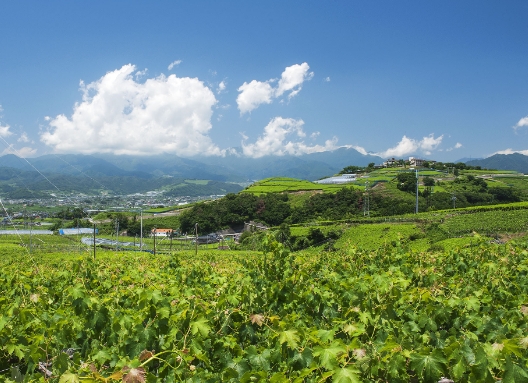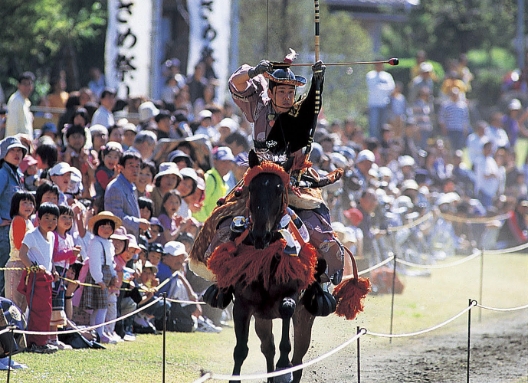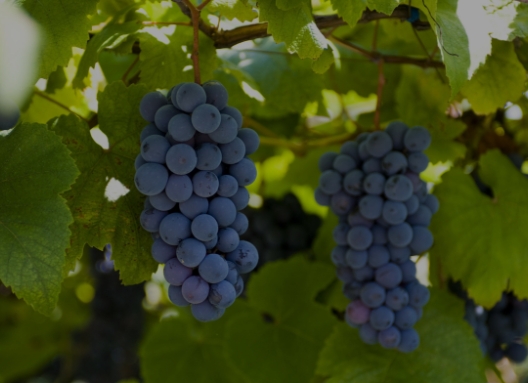Kamaiwa-Kan (Mountain lodge)
Main content starts here.

Kamaiwa-kan is located at the “lucky” 7th Station on Mt. Fuji’s Yoshida Trail. This mountain hut is rich in history, first appearing as a teahouse in literature from the late Edo period.
It is said that the large rocks surrounding Kamaiwa-kan were named “Kamaiha” or “Kamaiwa” because their shape resembles “Kanman,” which is the Sanskrit character for the powerful deity, “Fudo Myoo.”
Additionally, there’s a small lava tree mold next to the hut (not open to the public), and it was said that drinking the fresh water dripping down from between the rocks would improve a woman’s breast milk flow.
Currently, there is a stone statue of the Guardian Deity of Easy Delivery (represented by a motherly figure cuddling an infant), enshrined in the hut’s “Kamidana” (Shinto altar). Because it would be dangerous for women to climb Mt. Fuji while pregnant, it is said that the husbands often climb the mountain to come and pray for their wife’s safe childbirth.
The hut is located just 2.5 hours from the 5th Station, and 3.5 hours from the summit. Recently, there’s been an increase in the “two-night stay” tour options at the mountain huts—perfect for those who want to climb at a slower pace.
Category
Venue Address
403-0006
Mount Fuji Force K.K. Office
1254-12 Araya, Fujiyoshida City, Yamanashi Prefecture
Share
Other Indoor Activities
-
Discover
Road Station Narusawa
The Narusawa area’s roadside rest and shopping hub offers the visitor splendid views of Mount Fuji and much more. The shop in the main building sells freshly harvested local highland fruits and vegetables, as well as locally brewed sake and ready-to-eat condiments.

-
Uncover
Mt. Fuji Observation Deck
Viewing Mount Fuji on its own is splendid enough, but it is in relation to the surrounding mountains that one can begin to comprehend the sheer scale and size of Japan’s most iconic mountain. This observation deck offers that opportunity.

-
Recover
Fugaku Wind Cave
All throughout Aokigahara Forest are underground caves formed by lava from the massive eruption of Mount Fuji in 864 CE. One of these is the Fugaku Wind Cave, which has an average internal temperature of 3°C and was historically used as a natural refrigerator.

Home of Mt. Fuji > Yamanashi Area > Fujisan (Mt. Fuji) and Fujigoko (Fuji Five Lakes) Area > Kamaiwa-Kan (Mountain lodge)


